- Call us: 01444 237070
- Contact Us
- Stores
- Sign In / Register
-
- Back
- Used Cameras
- Used Accessories
- Used Lenses
- Used Video
- Used Film Equipment
- Used Stock Alert
- Used Blank Test
- Sell or Part Exchange
- Used Clearance
- Recently Added Used Equipment
- Park Picks
- All Used Black Friday Deals
- Faulty
- Trade-In
- Blog
- New in
- Call us
- Contact us
- Stores
- Sign in
- Categories
- Tips & Inspiration
- Reviews
- News
- Events
- Features
- Buying Guides
- Competitions
Leica Q3 Monochrom First Impressions Review
Leica is a brand with an incredibly rich history that has seen its cameras used by some of the best-known photographers of all time, dating back to an era of pure manual shooting, with only black and white film available.

Perhaps that’s why they’ve regularly released monochrome digital cameras such as the new Leica Q3 Monochrom (the “Monochrom” name is the German word for “monochrome”), which is a premium fixed lens compact camera with a dedicated monochrome sensor that is completely lacking any colour capabilities.
Whether you’re interested in this model for yourself or just want to discover what’s different, join us as we explore features, sample images and more in our Leica Q3 Monochrom first impressions review.
How much does the Q3 Monochrom Cost?
Having been announced on 20 November 2025, the Leica Q3 Monochrom Digital Camera arrives priced at £5,800.00, which sits between the regular Q3 at £5,389.00 and the Q3 43 at £5,890.00.
Naturally this puts it out of reach for many everyday photographers, however Leica cameras have the ability to hold their value extremely well, which is something we explore in more detail in our post Why Leica Cameras are Worth the Cost.
With that out of the way, what are the main features of this dedicated black and white digital camera?
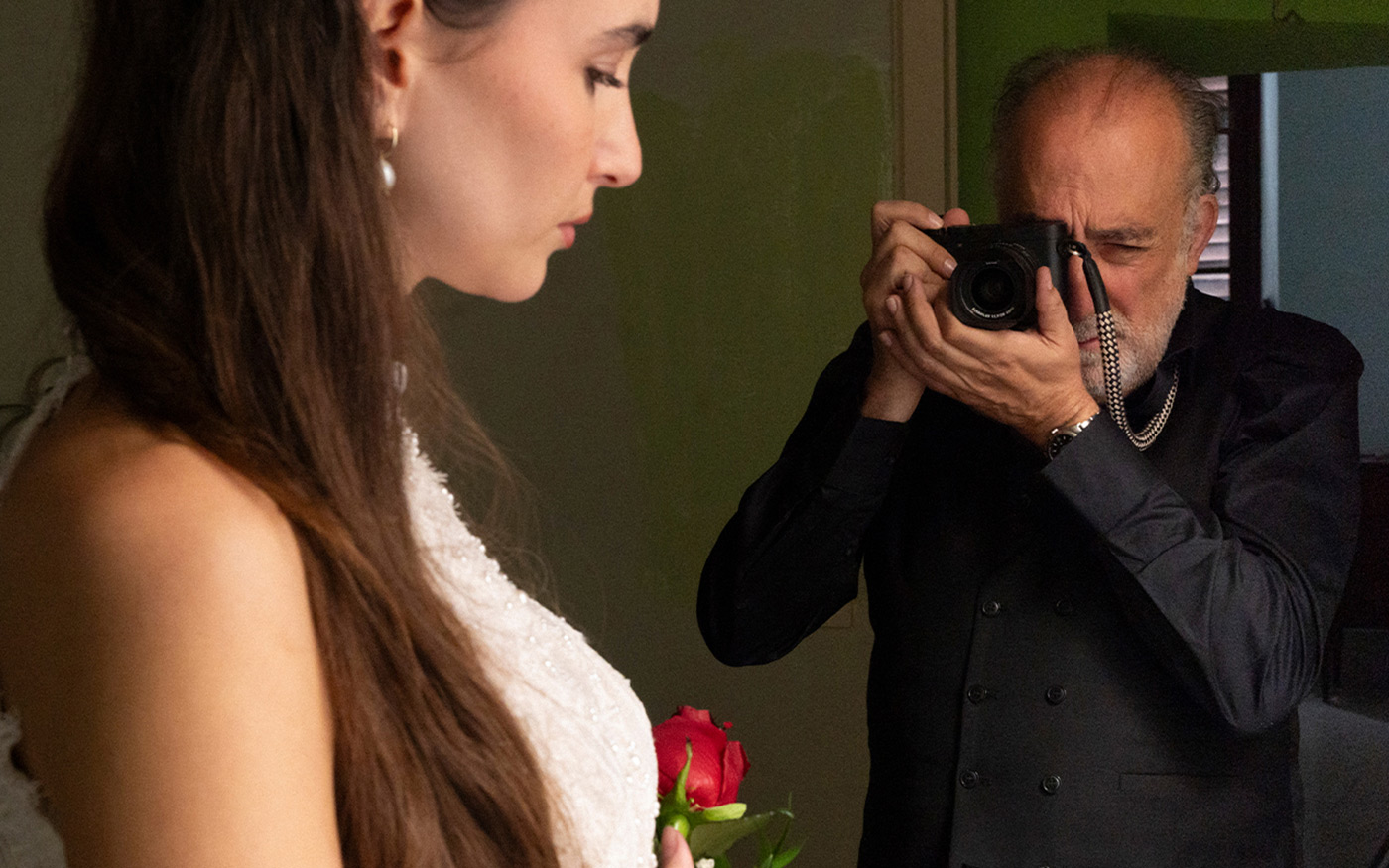
What are the most important Leica Q3 Monochrom features?
Sensor and imaging
- 60 MP monochrome full-frame sensor
- Triple Resolution output (60 / 36 / 18 MP)
- No colour filter array
- ISO 100 to 200000
Lens
- Summilux 28mm f/1.7 ASPH. (the same as the standard Q3)
- Optical image stabilisation
- 17 cm macro mode
- E49 filter thread (49mm)
Autofocus
- Contrast detection AF
- 315 AF fields
- Eye and Face Detection
- Animal Detection (Beta)
Video
- Up to 8K recording
- MOV, MP4 and ProRes support
- USB-C audio compatibility
Build and handling
- Tilting rear display
- 5.76 MP OLED viewfinder
- IP52 weather protection
- SL-style interface
Connectivity
- Wi-Fi and Bluetooth
- USB-C 3.1 Gen 2
- HDMI Type D
- Leica FOTOS support
Power
- BP-SCL6 battery
- 302 shots CIPA
- USB charging and PD details simplified but correct
- Wireless charging compatible with HG-DC1 Monochrom
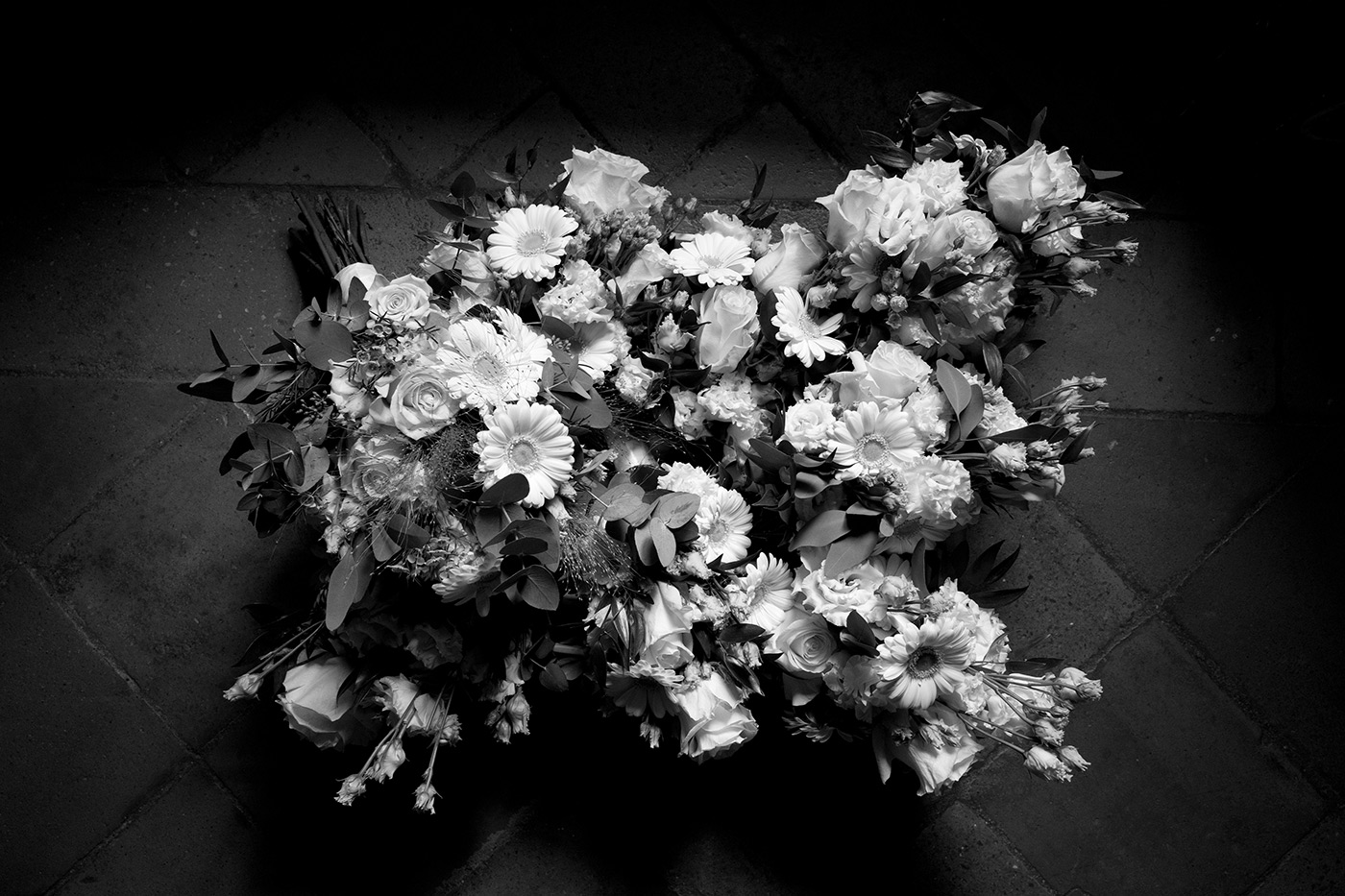
Sample image no Exif data
How does the Leica Q3 Monochrom differ from the standard Q3?
Leica has added built-in Content Credentials support to the Q3 Monochrom, allowing users to verify the authenticity of their images at the point of capture by embedding secure metadata.
In October 2023, Leica became the first camera manufacturer to introduce built-in Content Credentials with the M11-P, and it is likely that many more brands will follow as AI continues to change the landscape of digital image making as we know it.
With that covered, next we find out how it fits into Leica’s lineage of black and white digital cameras.
Which monochrome digital cameras has Leica made?
Leica has produced digital monochrome cameras since 2012, and the early models received positive reviews, with many users praising the ability to capture high-quality black and white images.
Since then, the B&W theme has carried across several generations across M, Q and M11 systems. Each version improved resolution, sensitivity and the way the sensor handles tone.
|
Model |
Release year |
Sensor |
Notes |
|
M Monochrom |
2012 |
18 MP full frame |
First digital Monochrom, no colour filter array |
|
M Monochrom Typ 246 |
2015 |
24 MP full frame |
Improved noise handling and low light performance |
|
M10 Monochrom |
2018 |
40 MP full frame |
Higher dynamic range, ISO 160 to 100000 |
|
M11 Monochrom |
2022 |
60 MP full frame |
Latest M body, ISO 64 to 200000 |
|
Q2 Monochrom |
2019 |
47.3 MP full frame |
Compact body with autofocus and fixed lens |
|
Q3 Monochrom |
2025 |
60 MP full frame |
Compact body with autofocus and fixed lens |
The Q3 Monochrom has the highest resolution of any Monochrom model and is the only one to offer 8K video, Content Credentials and the new SL-style interface.
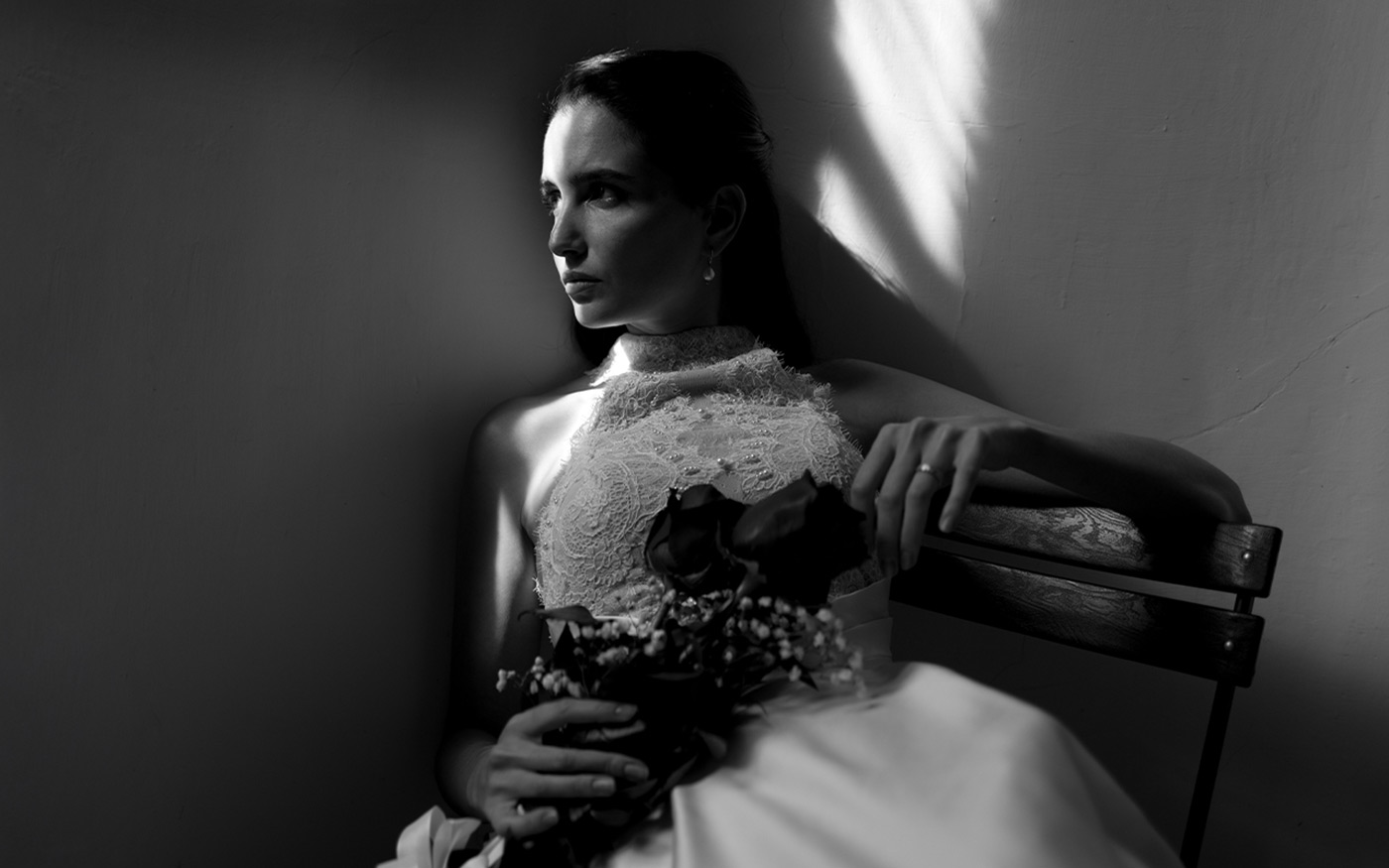
Sample image no Exif data
Which photographers only shoot in black and white?
Naturally over time we’ve come to know and appreciate fine art photographers like Ansel Adams, Michael Kenna and countless others who shot mono, but what about today? Who still chooses to work purely in black and white, and who is the Q3 Monochrom aimed at?
Photographers who prefer the arty look of black and white include:
- Street and documentary photographers
- Anyone who shoots in low light and wants clean high ISO files
- Users of earlier Monochrom cameras looking for a more modern option
- Collectors and long-term Leica enthusiasts
- Photographers who enjoy a single focal length with striking results
With that said, let’s look at why having a monochrome sensor makes any difference in the first place.
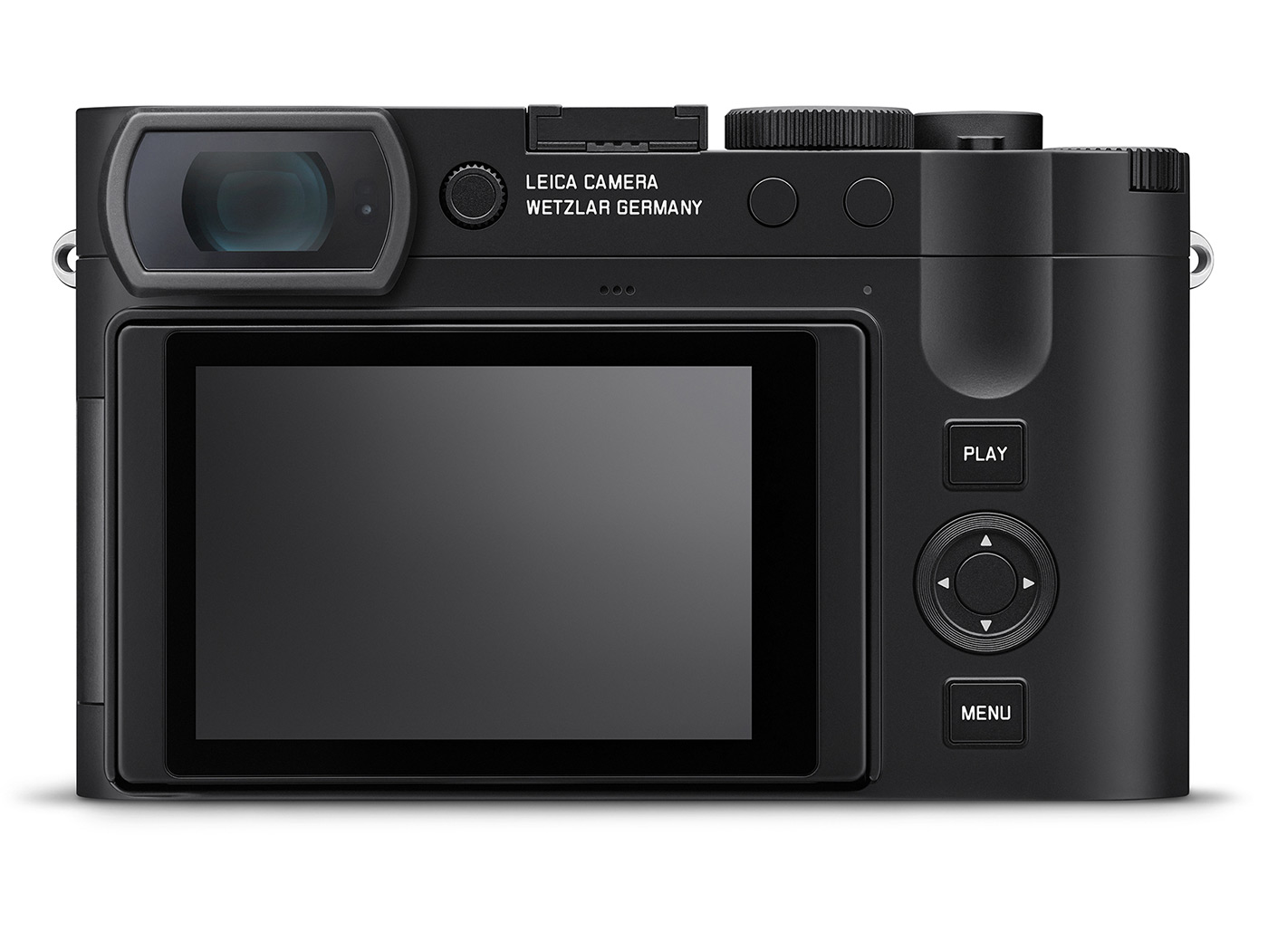
Why is a monochrome sensor any different to converting a colour image to black and white?
Many digital cameras including Leica models, allow you to shoot using black and white profiles, and you can always convert a colour photo afterwards. So why bother with a purely monochrome sensor anyway?
A dedicated monochrome sensor is actually surprisingly different from a colour sensor, because:
- It has no colour filter array, so each pixel records pure luminance rather than filtered red, green or blue light
- There is no demosaicing, which means that the camera doesn’t need to reconstruct colour channels, which preserves native sharpness
- The sensor receives more light per pixel, improving low light performance and noise levels
- Dynamic range is naturally broader, with smoother tonal transitions and more detail in highlights and shadows
- The output has a distinct rendering, giving a cleaner, more precise black and white look than any conversion from a colour file
So a monochrome camera is able to capture images that are sharper, cleaner, better in low light and with a wider dynamic range than simply converting a colour photo to black and white.
It is primarily for these reasons that some photographers choose a black and white camera, along with the design language, which is every bit as desirable as any Leica, and what we look at next.

How is the Monochrom camera design different from the colour Q3?
The Q3 Monochrom has a unique exterior, with a monochrome matte black finish and engravings purely in black and grey. The red Leica badge is removed too, resulting in a discreet, understated and quite beautiful design, which is especially suited to street photography, travel and documentary.
How does using coloured filters in black and white photography work?
The Summilux 28mm lens takes E49 filters, and you can use red, orange, yellow and green filters to adjust the overall final image.
Coloured filters change how different wavelengths of light reach the sensor, which alters how tones separate in black and white. The effect is more pronounced on a monochrome sensor because there are no colour channels involved, and works exactly as it did on film:
- A red filter deepens skies
- An orange filter provides slightly less impact
- Yellow gives a gentle lift
- Green filters help separate foliage.
Aside from filters, what other accessories are compatible?
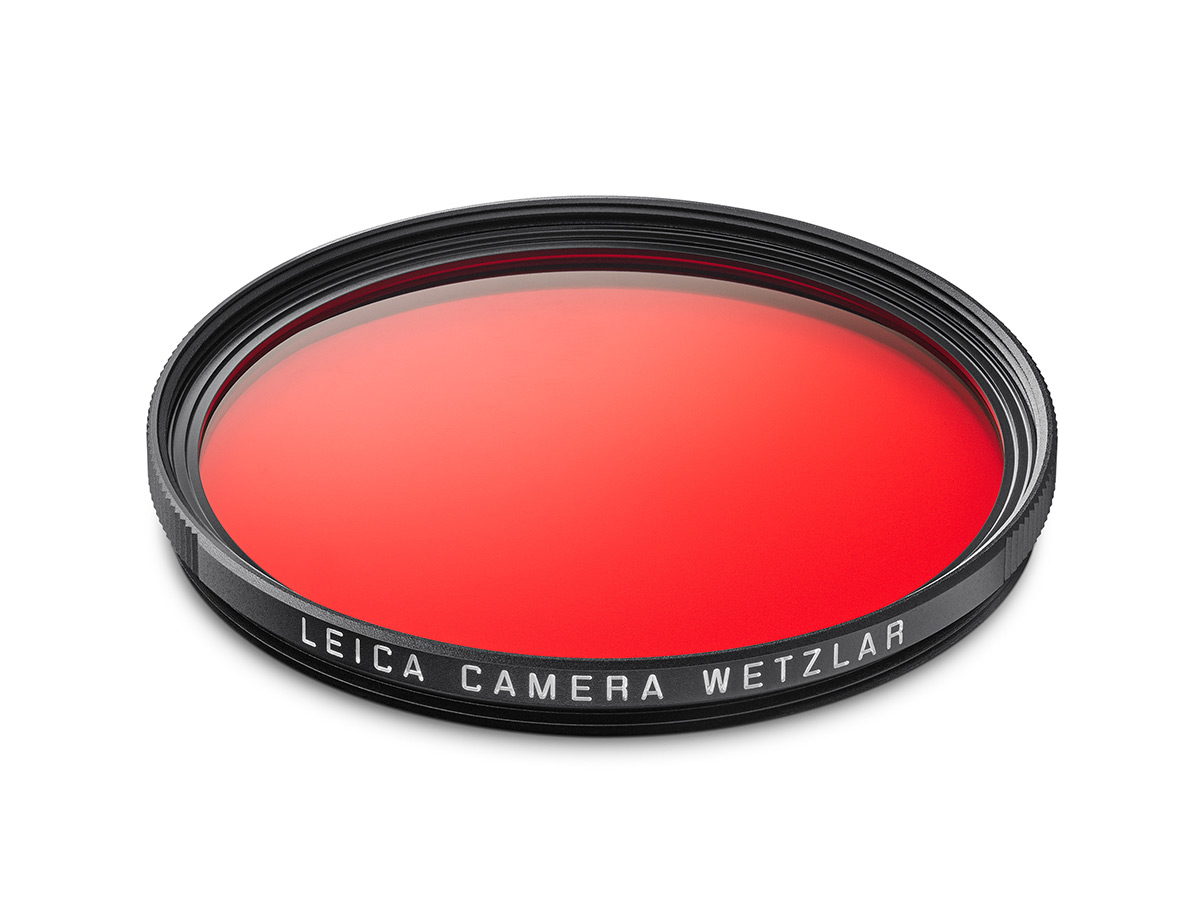
What are the best accessories for the Q3 Monochrom?
Thankfully any Q3 accessory is also compatible with the Q3 Monochrom. Leica has released several new options that match the black and white design of the camera as well. These include:
- Wireless Charging Handgrip HG-DC 1 Monochrom
- Carrying Strap Flat Braided Rayon and Leather Cord Black
- Carrying Strap Flat Braided Rayon and Leather Cord Cognac
- Carrying Strap Flat Braided Rayon and Leather Cord Black White
- Carrying Strap Flat Braided Rayon and Leather Cord Cognac Denim Blue
If you’re investing in the Q3 Monochrom as your first Leica, you’ll no doubt want some of the most useful existing accessories, which include:
- Spare BP-SCL6 battery
- Fast UHS-II SD memory card
- Custom shutter release button. My favourite is the Q3 Soft Release Button in Brass Blasted Finish, but there are several to choose from
- An optional thumb support from the same colour range, like the Q3 Thumb Support Brass Blasted Finish
- The Q3 Halfcase Leather Olive Green, which also comes in several other colours
The Leica Q3 Monochrom provides photographers with a very different experience to the standard Q3, or any other colour compact camera for that matter.
What are the main reasons for buying the Q3 Monochrom?
- The dedicated monochrome sensor renders cleaner results in low light, is sharper at the pixel level and produces a tonal response that is arguably closer to film than any colour conversion.
- It boasts a desirable design with an understated exterior, and modern features that benefit modern usability such as a tilting screen and Leica’s ultra-intuitive menu system.
- It also continues a now well-established line of Monochrom cameras, which is a large part of the appeal for Leica fans and collectors.
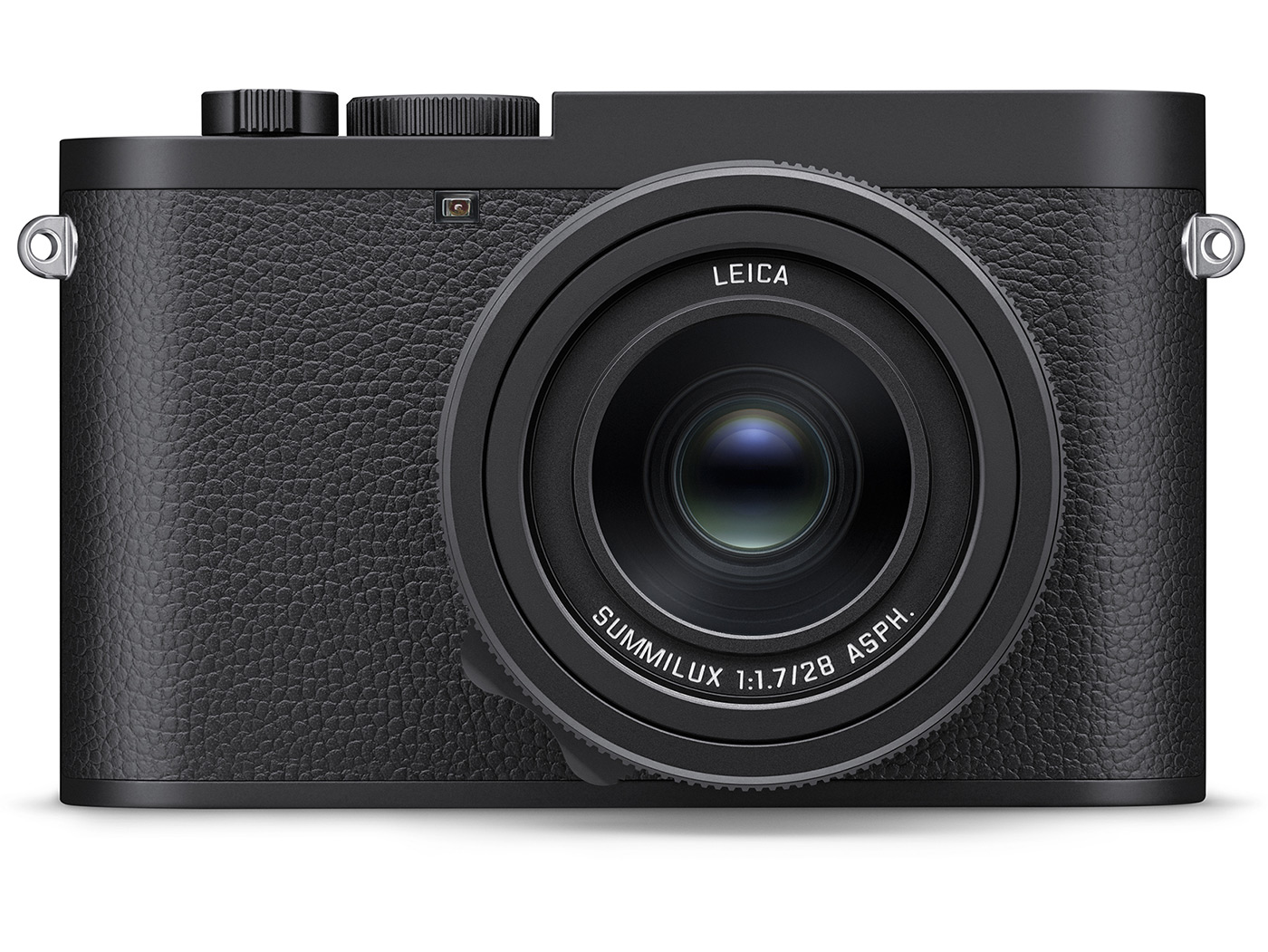
Why buy a Leica camera from Park Cameras?
- Official UK Leica dealer
- Genuine UK stock with full warranty
- Expert advice from experienced staff
- Award winning service
- London and Sussex stores
- Competitive pricing
- Free delivery on qualifying orders
- Trade-in service for upgrading
- Large range of Leica accessories
- UK retailer with decades of experience and great reviews
If you are exploring the idea of owning one, you can take a closer look at the Leica Q3 Monochrom Digital Camera here.
In order to upgrade, you can also trade in camera equipment for an entirely hassle-free upgrade process, where we collect the old, and deliver your new equipment.
Share this post:
By Nick Dautlich on 20/11/2025
Nick Dautlich
Senior Content Writer and Product Reviewer
Nick Dautlich is the Senior Content Writer and Product Reviewer at Park Cameras, with over 15 years of photography experience. A Sony Imaging Professional and expert reviewer, Nick has worked with major brands such as Canon, Sony and Nikon. His work is also featured on Vanguard World UK’s website, Capture Landscapes, and Shutter Evolve. Nick’s photography includes National Trust projects and magazine covers and he is passionate about landscapes and storytelling. Nick also enjoys hiking and teaching his children about nature. Learn more on his profile page.
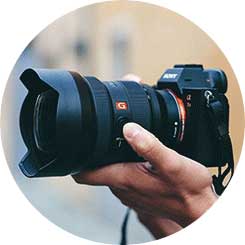
Trade in your old equipment
Fast and easy trade in service ensures your old gear is collected efficiently and you are paid quickly! It's very simple to trade in your unwanted photography gear. Just head over to our dedicated Sell or Part Exchange page, fill out the details, and we'll get back to you with an offer for your old gear. Take the cash, or put it towards the cost of your new gear. It's up to you! Find out more
sign up to the newsletter
Keep up to date on the latest photography news, events and offers. Sign up now